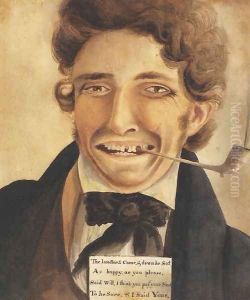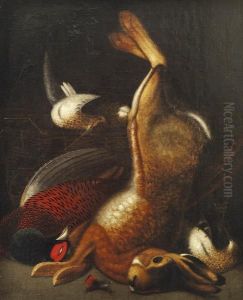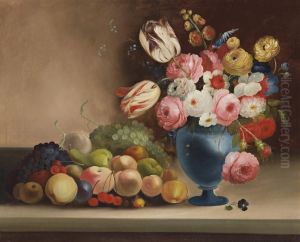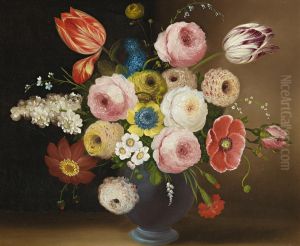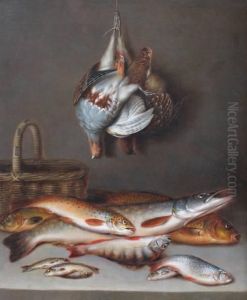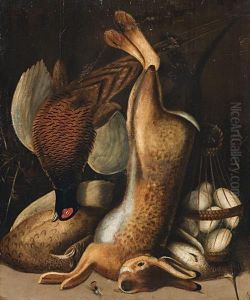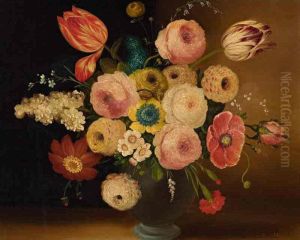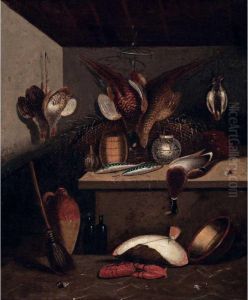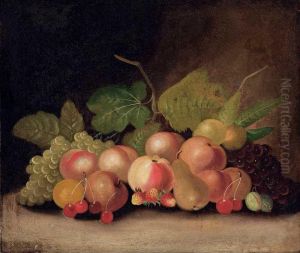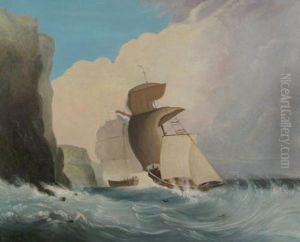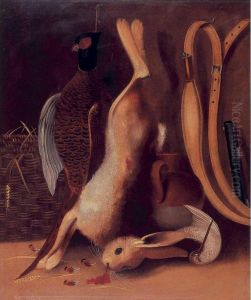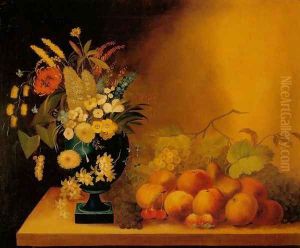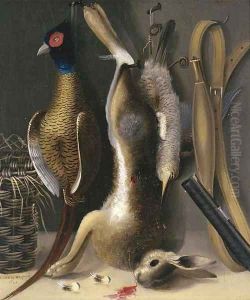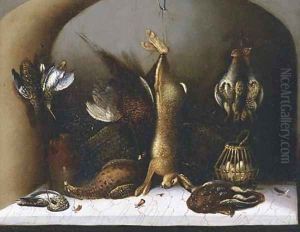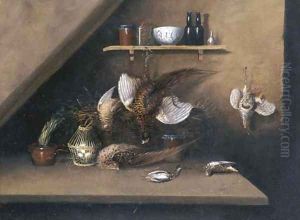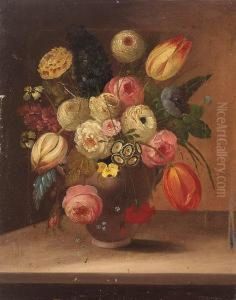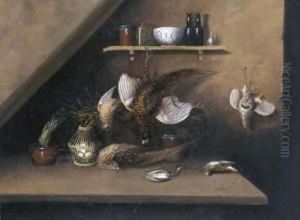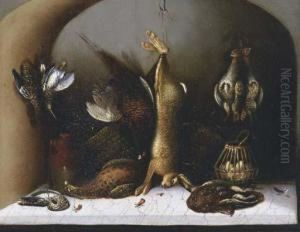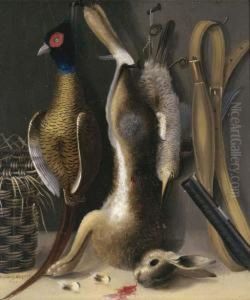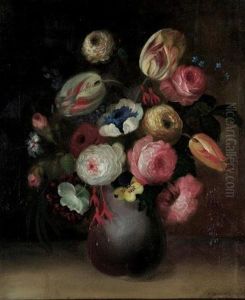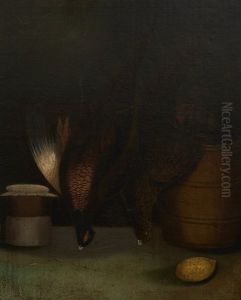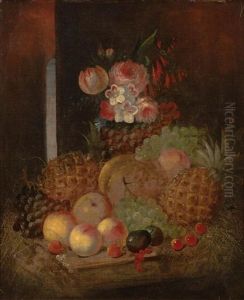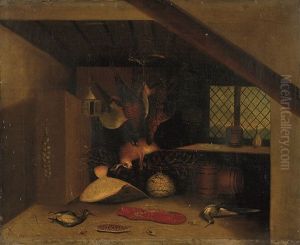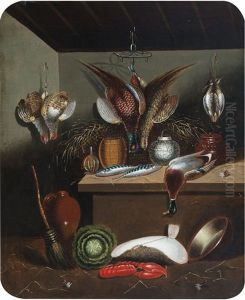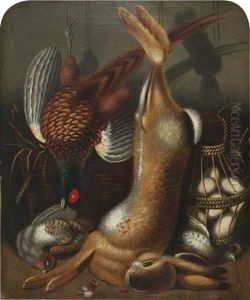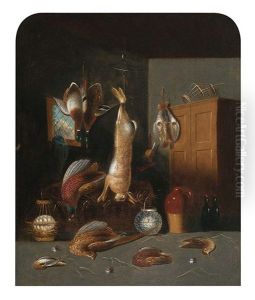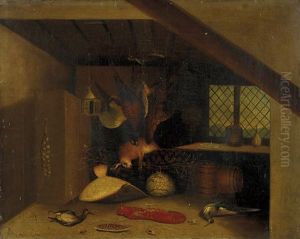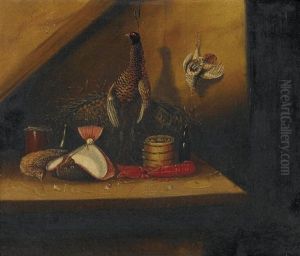William Buelow Gould Paintings
William Buelow Gould was an English-born convict artist who was transported to Australia, where he became known for his natural history illustrations and portraits. Born in Liverpool, England, in 1801, Gould's early life is somewhat obscure, but he is believed to have been trained in portrait painting before turning to a life of crime that led to his conviction.
Gould was convicted for stealing a coat and was initially sentenced to hang, but this was commuted to transportation for life. He arrived in Van Diemen's Land (now Tasmania) in 1827. During his time in the penal colony, his artistic talents were recognized, and he was assigned to work on a number of artistic projects. This included illustrating local flora and fauna, which he did with considerable skill, capturing the intricate details of his subjects.
Among his most significant works is the 'Sketchbook of Fishes,' created around 1832 while he was serving time in the notorious Sarah Island penal settlement. The sketchbook is notable for its scientific accuracy as well as its artistic merit, and it is considered a valuable record of the marine life of the time.
Gould's life as a convict was harsh, and he was often punished for various offenses, including theft and drunkenness. However, his artistic ability continued to provide him with opportunities, and he painted several portraits of notable individuals in the colony.
After receiving a conditional pardon in 1835, Gould continued to live and work in Tasmania until his death in 1853. His legacy is that of a talented artist whose work provides a unique glimpse into the natural history and society of early colonial Australia. Despite the challenges and stigma of his convict background, Gould's artistry has earned him a place in the annals of Australian art history.
